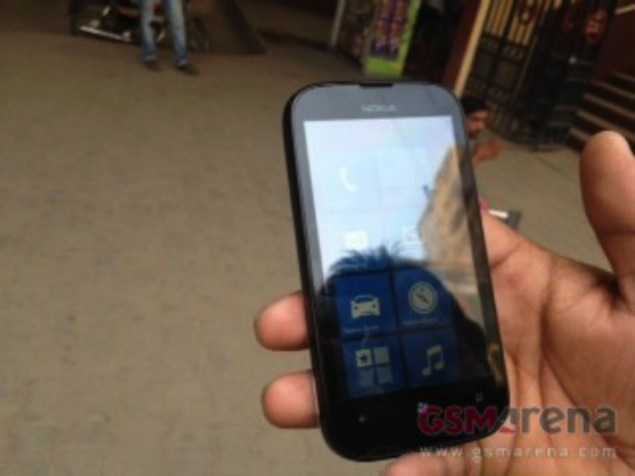Samsung Galaxy Note II review
Samsung’s Galaxy Note II is a massive improvement on its predecessor – Matt Warman says he wants one.
When Samsung launched the original Galaxy Note last year, it was the most powerful phone on the market but it was also criticised for being either too big to be a phone or too small to be a tablet, and its ‘S Pen’ stylus struggled wasn’t as easy to use as the standard pen or pencil that it was touted as a replacement for.
It went on, nonetheless, to sell more than 10million units. My own initially negative feelings were soon banished after I spent more time with it and saw others excited about its possibilities. The screen was good, it was fast for web browsing, gaming and watching movies or TV. The Note became a useful travelling companion because it fits easily on even the smallest train or plane table, but is more than big enough for what most people need.
Now, however, the new Note II has been launched. Its screen is extraordinary – the new HD Super Amoled 5.5” display is more compelling than ever, its 1.6MHz quad-core processor is faster than ever, the battery lasts longer and the S Pen has been updated to provide huge improvements over its predecessor. Although it’s just 0.7” larger than the Galaxy S3 mobile phone, the device feels very different. It's totally unlike anything else on the market.
So while the Note II is merely an iterative improvement over its predecessor it feels far more fully formed. This is a device that now recognises my handwriting fast enough to be usable, and allows me to annotate pictures or web pages with the ease that the original Note lacked. While a return to the stylus felt like a retrograde step, now Samsung have added ‘Air View’ a feature that allows you to see previews of, say, emails or calendar appointments if you hover the S Pen over an item, or pop out a video and keep it on screen while you’re doing something else. It makes a real difference and largely works very well. While I struggled to make the S Pen gestures work consistently – often the device interpreted the line that’s supposed to introduce a space as a hyphen – even these too are broadly helpful.
Samsung, too, have made the S Pen more fully integrated – simply pull it out and up pops a new, blank note, for instance. All of these factors combine to make the Note look lovely, and feel even better to use. The Note deserves to sell many more than its popular processor, in part down to Samsung's own decent software.
If there are faults, they feel like very subjective quibbles – it is still too big for most people to want to use it as a phone, but that’s unlikely to surprise prospective purchasers. It’s not a total replacement for pen and paper but it’s good enough for using on the go if you need to, and the new feature that lets you add a note on the ‘back’ of a digital photograph is genius.
It’s also really too big to be used one handed, even in ‘One handed mode’ where the keyboard sits to one side. But how often do you have to use a device such as this one handed? The camera isn’t perfect, but the searing power of the device more than makes up for that with its high speed web browsing. I couldn’t find an app that made it remotely struggle, and it has a battery life that is plenty for most transatlantic flights
On 4G, it will offer an overall experience as yet unprecedented in the UK. With the added bonus of Android Jelly Bean and Google Now, it’s hard to find any reason not to recommend the Galaxy Note. At around £30 per month, or roughly £500 unlocked, it’s not bad value either – for that money you're getting an extraordinary phone and a stunning tablet.
Specifications:
Screen size: 5.5"
CPU: 1.6GHz, quad core, ARM Cortex A9
Screen resolution: 720 x 1280
Height: 151.1mm
Width: 80.5mm
Depth: 9.4 mm
Weight: 180g
Memory slot: MicroSD up to 32GB
Camera: 8mp
Front facing camera: 1.9mp
Video camera: 1080p
Camera flash: 1 x LED
Bluetooth v4.0; FM Radio; WiFi; GPS; 4G
Screen size: 5.5"
CPU: 1.6GHz, quad core, ARM Cortex A9
Screen resolution: 720 x 1280
Height: 151.1mm
Width: 80.5mm
Depth: 9.4 mm
Weight: 180g
Memory slot: MicroSD up to 32GB
Camera: 8mp
Front facing camera: 1.9mp
Video camera: 1080p
Camera flash: 1 x LED
Bluetooth v4.0; FM Radio; WiFi; GPS; 4G





 Posted in:
Posted in: 






